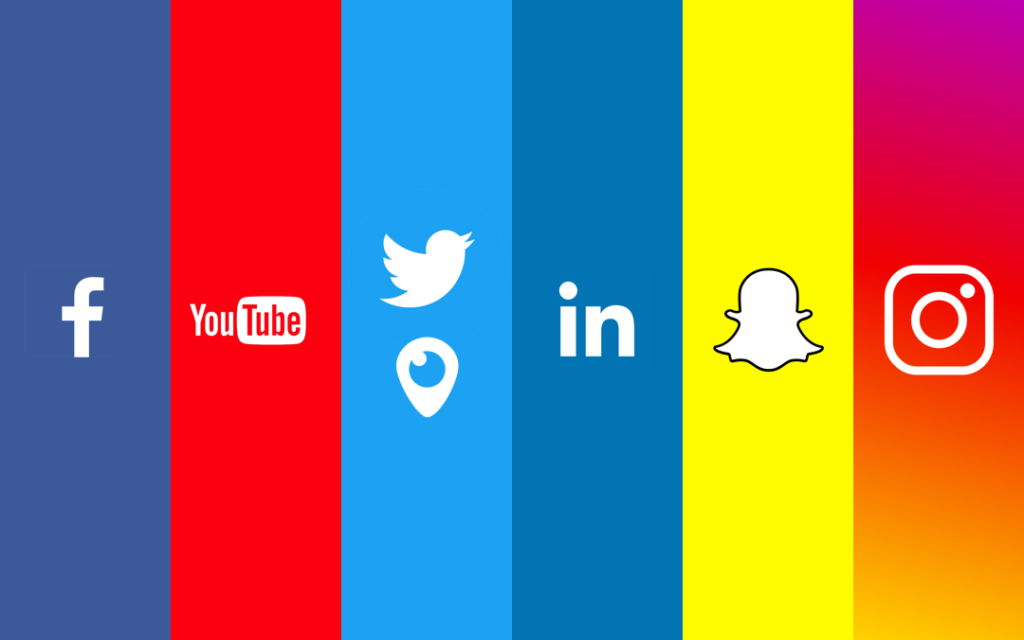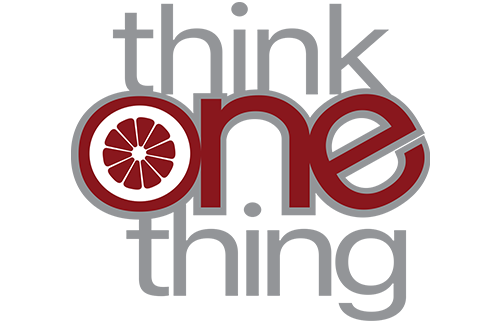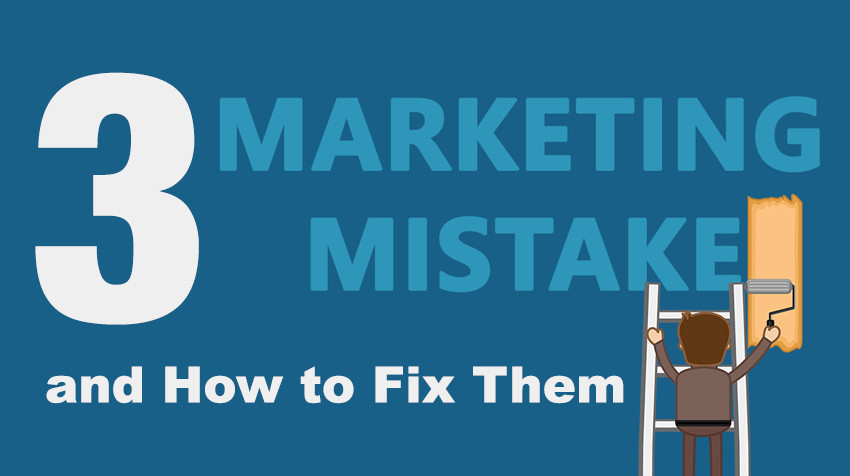3 Common Digital Marketing Problems and How to Avoid Them
Just because you have a digital marketing team or an allocated online advertising budget doesn’t mean that your campaign will run as smoothly as expected. It is common for businesses to hit a roadblock or not reach their targets due to some digital marketing problems that may arise in the middle of the campaign.
In this article, we will discuss three common digital marketing problems that businesses face and how you can avoid them.

1. Not Having a Solid Digital Marketing Plan
Many businesses fail on digital marketing because they don’t have a marketing plan in place. Instead, they jump right into executing a campaign without carefully studying their ideas and analyzing expected results.
Before running any campaign, it is important to build a solid digital marketing plan. This includes a list of marketing strategies you want to implement (whether it’s Google AdWords, Facebook ads, email campaigns, social media marketing, or content distribution, etc.), your target audience, and specific goals or targets. All this information is relevant for coming up with an excellent plan, enabling you and your team to identify when, where, and how to execute each one of them.
More importantly, an effective digital marketing plan is not only about having a checklist or a project timeline. It requires careful monitoring of each campaign, tracking and analyzing results, and making the necessary changes when actual results are not in accordance to the desired outcome.

2. Not Optimizing for Conversions
Many digital marketers are obsessed with traffic, visits, and clicks, that they forget about the more important goal — conversion. All your ad clicks and website visits are useless if they don’t convert to successful sign ups, downloads, or purchases.
This is why planning is important before launching any digital marketing campaign. You first identify your goals and then you tailor-fit your strategies in order to achieve them. If your ultimate goal is sales,, you have to optimize your campaigns for conversions, and not just clicks.
Conversion rate optimization (CRO) involves encouraging potential customers to sign up for your services or purchase a product. It’s not enough to invite them to your homepage or landing page. Once they’re there, you have to do something to make them click the “buy now” button or submit their contact information. Some effective ways to do this include improving UX of your website or mobile app, using persuasive copy with a powerful call-to-action button, and showcasing social proof such as testimonials and positive reviews of loyal customers.

3. Relying So Much on Social Media
Social media can significantly help businesses connect with their potential customers in different parts of the world. However, social media marketing alone cannot always give you your desired results. No matter how much you spend on Facebook advertising or how many millions of followers you currently have on Instagram, your target market may not be on these particular social networking websites. Especially for B2B companies, relying on social media alone for leads is not the best strategy.
It is useful for things such as, learning more about your audience, analyzing their online behavior, and even checking on your competitors and how they are building relationships with their clients. This information should help you come up with better marketing strategies than just boosting your Facebook posts and creating that one viral video.
Digital marketing can be a powerful tool in improving your brand’s online reputation, driving traffic to your website, growing your sales a hundredfold, and achieving an excellent ROI. However, you need to carefully study your options, plan your strategies, and research the market before you start your campaigns. By keeping in mind these common digital marketing problems, you should be able to come up with a more effective and powerful digital marketing strategy for your business.



